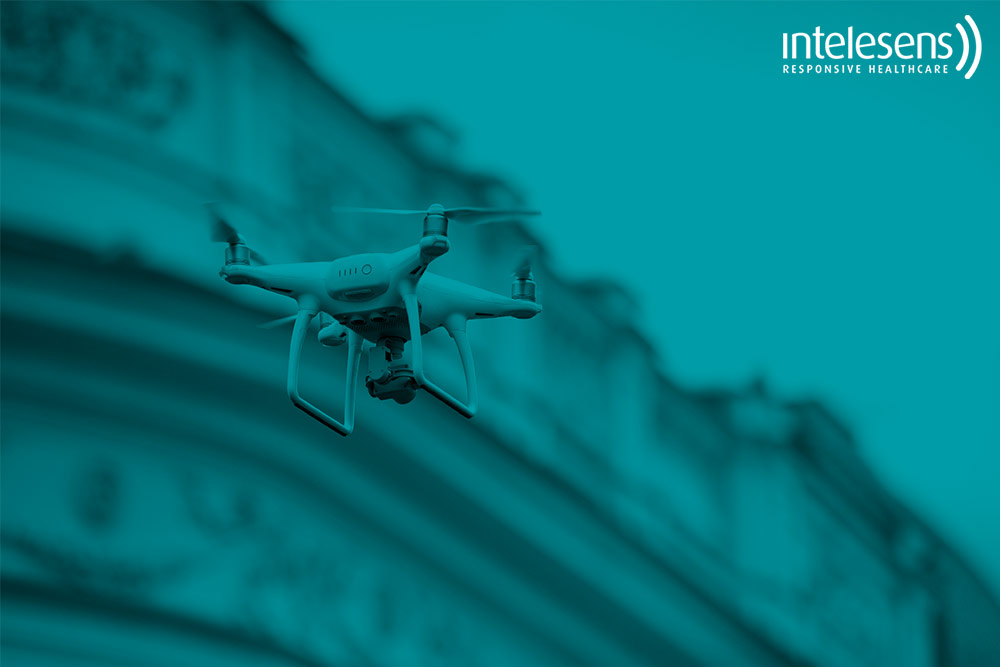
Researchers in Sweden are hoping they can be used to outrun ambulances as they respond to heart attacks. In what they describe as the world’s first real-world feasibility study of drone-based defibrillator deliveries, first responders showed that going airborne helped shave off minutes where time matters most—by dropping the life-saving devices right on the doorsteps of homes in need. “When a drone arrived before the ambulance it was nearly two minutes quicker,” study author Sofia Schierbeck, of Stockholm’s Karolinska University Hospital, said in a statement. The study was conducted within a certain radius of the airport near the city of Gothenburg, the second-largest city in Sweden, with a population of about 580,000. Three drone stations were set up, each with the ability to fly 5 kilometres, with automated flight programs overseen by trained drone pilots. After emergency dispatchers received a call for a cardiac arrest, they would send ambulances as well as the drones—which, after arriving at the scene, would hover at about 100 feet and lower an AED to the ground by a winch. Between June and September 2020, drones were dispatched to 12 cardiac arrests, successfully delivering AEDs near the patient in 11 cases, covering a median flight distance of 3.1 kilometres. “Drone delivery of AEDs could be common practice in the coming years.”






